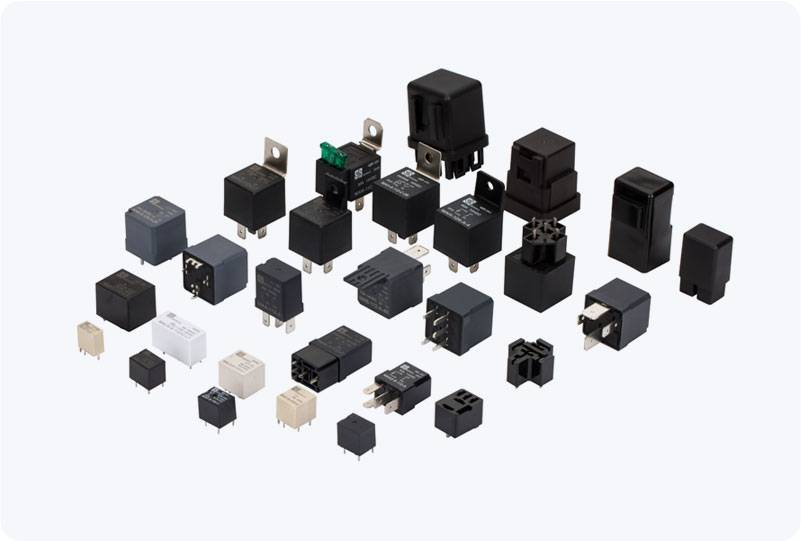understanding ce rohs certified relay: a commitment to safety and sustainability
Release time:2025-10-24 04:12:33
In the world of electronics, relays play a crucial role in controlling the flow of electrical energy to various components. These small but powerful switches are used in a wide range of applications, from household appliances to industrial systems. However, as technology advances, the need for compliance with safety, environmental, and regulatory standards has never been more important. Among these standards, CE ROHS Certified Relays stand out as key components that meet the safety and sustainability requirements set forth by regulatory bodies around the world. In this article, we will explore what CE and ROHS certifications mean, how they apply to relays, and why they are essential for both manufacturers and consumers.

What is CE Certification?
The CE mark, short for "Conformité Européenne" (European Conformity), is a certification that indicates a product meets the essential health, safety, and environmental protection requirements for products sold within the European Economic Area (EEA). CE marking is mandatory for certain product categories and ensures that the product has been tested and verified for compliance with European Union (EU) standards.
For relays, CE certification demonstrates that the product meets the necessary safety standards, such as the Low Voltage Directive (LVD) and the Electromagnetic Compatibility (EMC) Directive. The LVD ensures that electrical equipment operates safely within specified voltage limits, while the EMC directive ensures that the product does not emit electromagnetic interference (EMI) that could disrupt other nearby electronics.

